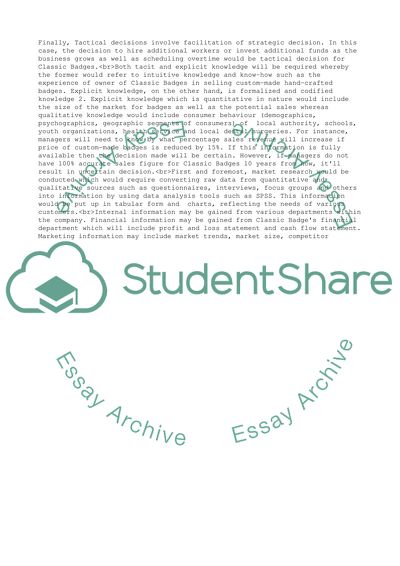Cite this document
(Managing Communications, Knowledge and Information Essay - 7, n.d.)
Managing Communications, Knowledge and Information Essay - 7. https://studentshare.org/management/1879641-managing-communications-knowledge-and-information
Managing Communications, Knowledge and Information Essay - 7. https://studentshare.org/management/1879641-managing-communications-knowledge-and-information
(Managing Communications, Knowledge and Information Essay - 7)
Managing Communications, Knowledge and Information Essay - 7. https://studentshare.org/management/1879641-managing-communications-knowledge-and-information.
Managing Communications, Knowledge and Information Essay - 7. https://studentshare.org/management/1879641-managing-communications-knowledge-and-information.
“Managing Communications, Knowledge and Information Essay - 7”. https://studentshare.org/management/1879641-managing-communications-knowledge-and-information.


